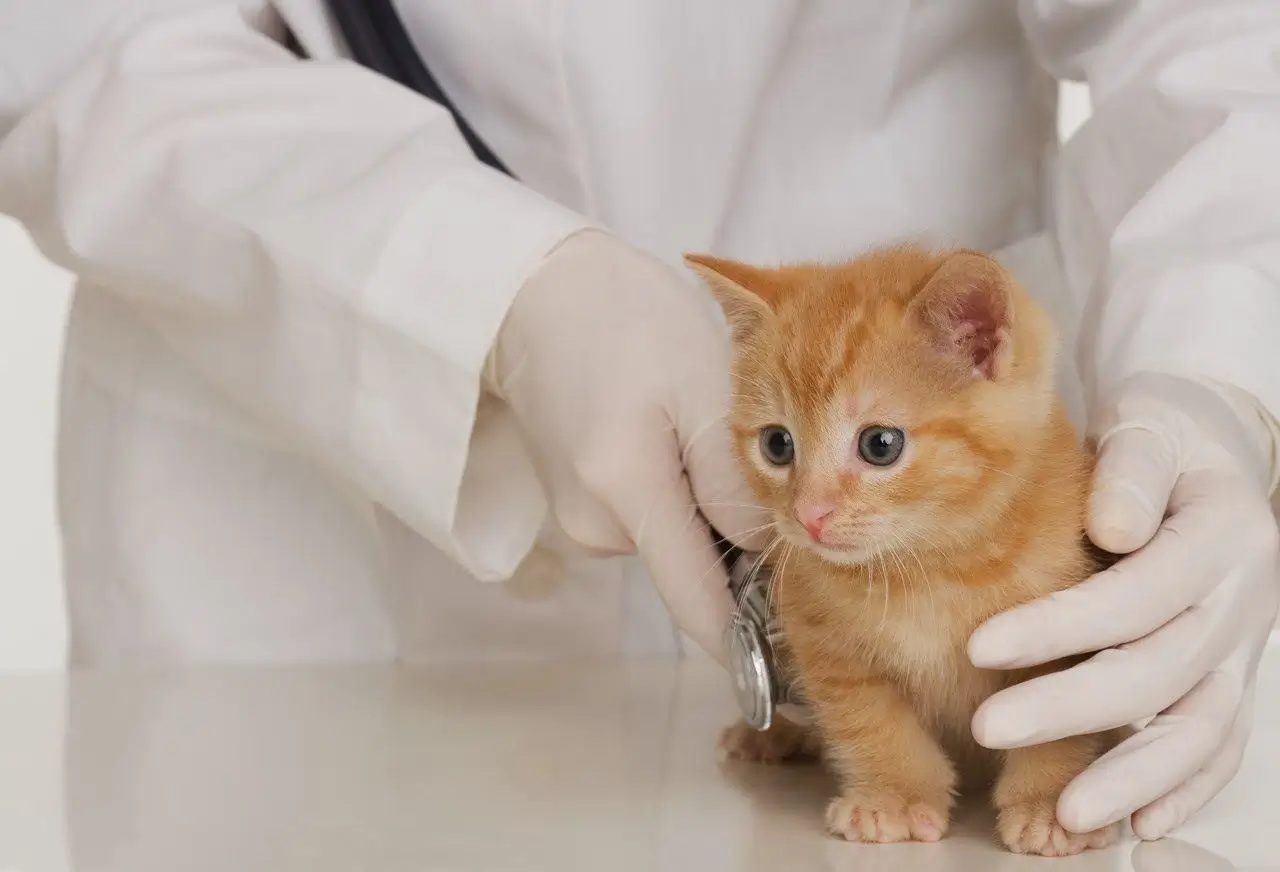Choosing the Right Cat Insurance Plan

Cat Insurance Comparison: Policies and Features
Choosing the right cat insurance plan is crucial for ensuring your feline friend receives the best possible care. A well-chosen insurance policy can protect against unexpected medical expenses and provide peace of mind. This guide will help you understand the different policies and features of cat insurance, allowing you to make an informed decision.
Understanding Cat Insurance
Cat insurance helps cover the costs of veterinary care, from routine check-ups to emergency surgeries. By comparing policies and features, you can find the best plan to meet your cat’s needs.
Types of Cat Insurance Plans
- Accident-Only Plans: These plans cover injuries from accidents, such as broken bones or ingestion of foreign objects. They are typically more affordable but do not cover illnesses.
- Accident and Illness Plans: These plans cover both accidents and illnesses, including conditions like cancer, infections, and hereditary diseases. This is the most common type of cat insurance.
- Wellness Plans: Wellness plans cover routine and preventive care, including vaccinations, flea prevention, and annual check-ups. These plans can be added to accident and illness plans for more comprehensive coverage.
Key Features to Consider
- Coverage Limits: Check the maximum payout per year or per condition. Some plans offer unlimited coverage, while others have caps.
- Deductibles: Higher deductibles usually mean lower premiums but more out-of-pocket costs when you file a claim. Choose a deductible that balances affordability with adequate coverage.
- Reimbursement Levels: This is the percentage of the vet bill that the insurance will reimburse after deductibles. Common levels are 70%, 80%, and 90%.
- Exclusions: Be aware of any exclusions or limitations in the policy. Ensure the plan covers breed-specific conditions or hereditary diseases.
Benefits of Cat Insurance
- Financial Protection: Cat insurance reduces the financial burden of unexpected veterinary bills. It covers a significant portion of medical expenses, allowing you to focus on your cat’s health.
- Comprehensive Care: With insurance, you can afford high-quality care for your cat, including emergency treatments and surgeries.
- Preventive Care: Some plans include coverage for routine care, helping to maintain your cat’s overall health and catch potential issues early.
- Chronic Condition Management: Insurance supports ongoing treatment for chronic conditions like diabetes or arthritis, ensuring your cat lives a healthier and more comfortable life.
How to Choose the Right Cat Insurance Plan
When selecting a cat insurance plan, consider the following:
- Coverage Needs: Evaluate your cat’s health needs and choose a plan that covers those areas. If your cat has a predisposition to certain conditions, make sure they are covered.
- Budget: Find a plan that fits within your budget while providing adequate coverage. Consider the monthly premium, deductible, and reimbursement level.
- Provider Reputation: Research insurance providers for their reputation, claim process, and customer service. Look for reviews from other pet owners and check the provider’s financial stability.
- Exclusions and Limitations: Carefully read the policy to understand what is not covered. Be aware of any breed-specific exclusions or conditions that may not be covered.
Cat Insurance Comparison: Policies and Features
10 FAQs About Cat Insurance Comparison: Policies and Features
- What does cat insurance typically cover?
- It covers accidents, illnesses, and sometimes preventive care.
- How much does cat insurance cost on average?
- The average cost ranges from $20 to $40 per month.
- Can I insure my older cat?
- Yes, most insurance providers offer plans for older cats, but premiums may be higher.
- What is an accident-only plan?
- An accident-only plan covers injuries resulting from accidents but does not cover illnesses.
- Are hereditary conditions covered?
- Many comprehensive plans cover hereditary conditions, but it’s important to check the policy details.
- How does the deductible work?
- The deductible is the amount you pay out-of-pocket before the insurance starts covering costs. It can be annual or per-incident.
- Can I use any veterinarian with cat insurance?
- Most cat insurance plans allow you to use any licensed veterinarian.
- What is the reimbursement process?
- You typically pay the vet bill upfront and then submit a claim for reimbursement.
- Are there any waiting periods?
- Yes, most plans have waiting periods for illness coverage, but accident coverage may start immediately.
- Why should I get cat insurance?
- It provides financial protection, ensures comprehensive care for your cat, and offers peace of mind.



